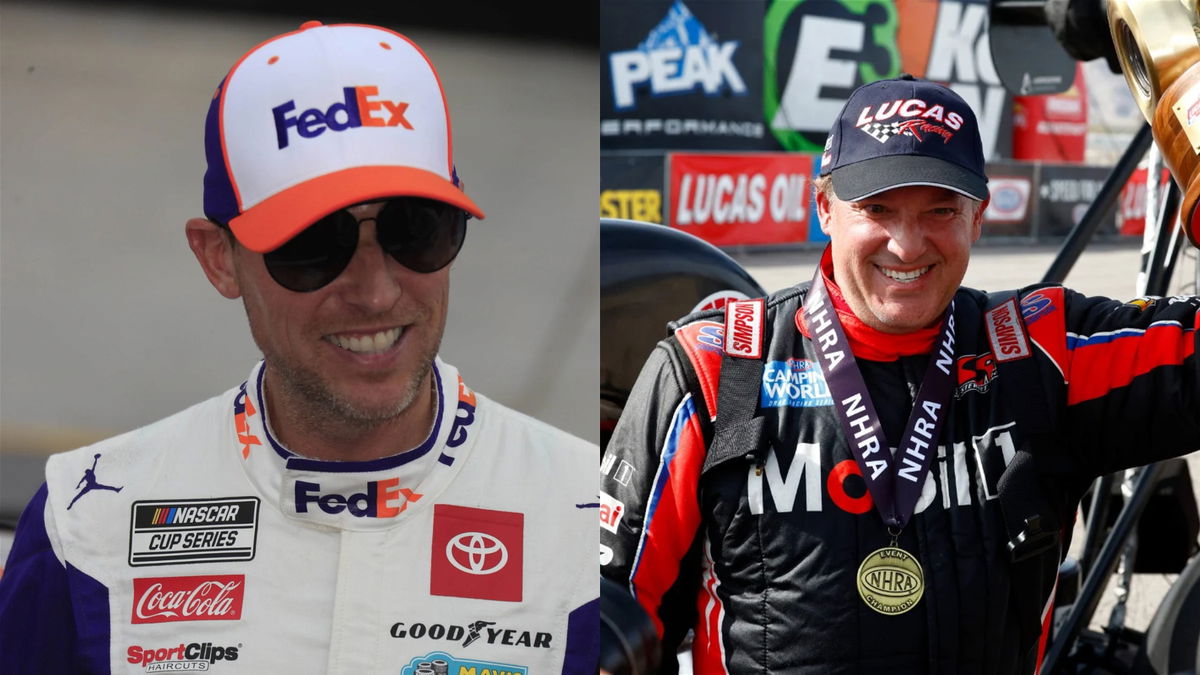
Imago
Image Credits: Imago

Imago
Image Credits: Imago
During a recent Joe Gibbs Racing debrief, Denny Hamlin found himself sifting through old stat lines, the kind of granular race-by-race data drivers keep close to their chests. The conversation turned to Dover, a track that has given him fits and glories over scattered seasons. Between laughter and nostalgia about past run-ins, Hamlin steered the discussion toward something few outside the garage ever see.
Watch What’s Trending Now!
Nestled in the details were revelations about how engineering breakthroughs at JGR in the mid-2000s unexpectedly had ramifications not just for Hamlin’s career, but also for the trajectory of icons like Tony Stewart. Every veteran has moments that linger, cycles of dominance and droughts explained only by those on the inside. It was here, in a candid exchange, that Hamlin revealed how one technical edge at JGR set Stewart up for a triumph Hamlin still chases.
ADVERTISEMENT
Denny Hamlin reveals the JGR blueprint that elevated Tony Stewart
Digging into his early Dover results, Hamlin offered a behind-the-scenes look at what separated Joe Gibbs Racing (JGR) during the mid-2000s. His career at Dover showed wild swings from knocks inside the top ten to puzzling backmarker finishes. But Hamlin was quick to point out that beneath these fluctuations, the technical landscape in NASCAR was shifting fast. “So much changes back in those days,” he recalled, illustrating how teams like JGR established an edge by investing heavily in advanced engineering and innovation.
Around 2006, JGR’s reputation for cutting-edge setups was well earned. Hamlin drew attention to a transformative, race-defining approach: “JGR was way on top of its game back then…they were one of the very first to implement coil binding the front springs.” Coil binding locking the front suspension in place meant cars could maximize downforce and maintain consistent handling corner after corner. For Stewart, this meant his car “always…left front was lower than everybody else’s on the racetrack.” This detail referenced a visible sign of that year’s advantage: Stewart’s car consistently gripped better, which made a tangible difference in both lap times and tire conservation.
ADVERTISEMENT
ADVERTISEMENT
Hamlin put JGR’s success into perspective, emphasizing the group of engineers responsible: “We had a really, very strong group of engineers there that essentially ran the same front springs at every racetrack.” This consistency, rare for the era, gave JGR teams, including Stewart and Hamlin, a reliable, competitive foundation. As a result, even the best competitors struggled to match the downforce and control JGR cars exhibited, especially on technical ovals.
Hamlin further clarified the impact: “I couldn’t tell you the advantage that Tony Stewart had the entire 2006 season versus the field, it was a significant amount of downforce he had over the field…and he won the championship that year.” The takeaway was clear that JGR’s innovation wasn’t a secret weapon used sparingly.
This period showed how a well-prepared team, bold enough to innovate and refine, could write new rules for success in NASCAR. Denny Hamlin boasts 58 Cup Series wins and three Daytona 500 victories, yet he remains without a championship. In contrast, Tony Stewart not only tallied 49 wins but also secured three Cup Series titles. Stewart’s championships mark the key achievement that continues to elude Hamlin in his accomplished career.
ADVERTISEMENT
Top Stories
France Family’s ‘Financial Deception’ Spilled Out in the Open as RTA Memo Exposes the ‘49%’ Lie
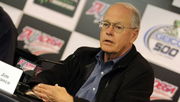
‘RIP’: NASCAR World Crumbles in Tears as 39-YO Former JR Motorsports Driver Passes Away
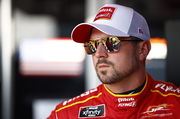
55-YO NASCAR Driver’s Untimely Death Shatters Racing Community

Dale Earnhardt & Tony Stewart Dethroned as SVG Shatters NASCAR Benchmark to Stand Alone in History
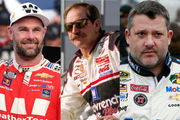
NASCAR President Kicks Up ‘SRX’ Firestorm With Courtroom Claim Fans Refuse to Accept
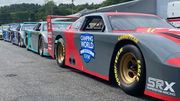
Denny Hamlin’s recent successes reflect an ongoing technical approach
Denny Hamlin’s continued run of success in the 2025 NASCAR Cup Series offers a telling example of how Joe Gibbs Racing’s (JGR) tradition of engineering innovation and technical depth remains a deciding factor at the sport’s highest level. Already this season, Hamlin has captured four victories, the most by any driver to date, including a hard-fought win at Dover Motor Speedway. In a post-race interview, the now 58-time Cup race winner said, “Winning here in Dover is super special to me. This is the place that I’m not been very good at… the first half of my career. And then, to head back-to-back here the last few years is amazing.”
Hamlin’s Dover victory, which required outmaneuvering the competition between two overtimes and adapting to shifting track conditions, showcased not just his driving skill but also the robust race-day strategies and car setups perfected by the JGR crew. This ability to provide Hamlin with consistently fast and adaptable cars is a hallmark of the organization.
ADVERTISEMENT
The recent Hamlin’s wins aren’t just the result of on-track aggression; they are the outcome of purposeful engineering, data analysis, and strategic acumen embedded in every aspect of JGR’s operations. “At this point in his career, he is after it in the sim, working extremely hard. I just really appreciate him and his leadership with all of our other drivers, everybody in our competition meetings, really a big deal. Just proud of everybody back home. God’s blessed us with a great group of teammates. I appreciate all of them so much. Going to hand a banner again tomorrow, and that’s a big deal for us.”Joe Gibbs said to SiriusXM NASCAR Radio.
Even when results don’t go his way, like his lower finishes at Atlanta or Sonoma, JGR’s ability to quickly analyze setbacks and fine-tune their approach keeps Hamlin at the forefront of the championship conversation. In an era of tighter competition and advancing technology, Hamlin’s ongoing success underscores JGR’s lasting commitment to innovation. The same forward-thinking culture that gave past drivers a competitive benefit now powers Hamlin’s quest for that elusive first championship.
ADVERTISEMENT
ADVERTISEMENT
ADVERTISEMENT

